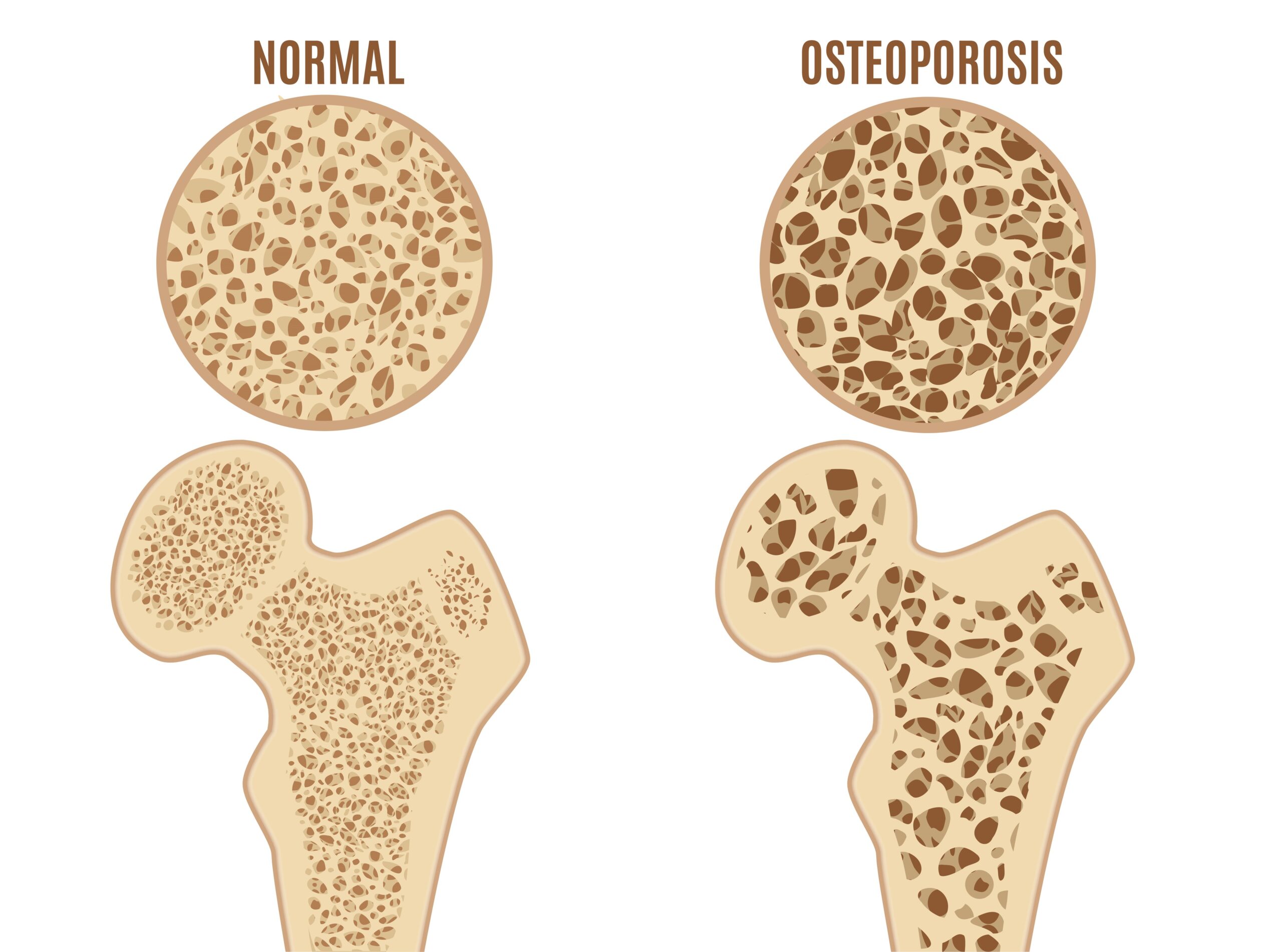What is Osteoporosis?
Osteoporosis is a condition that makes bones weak and brittle. As a result, bones break more easily. This disease often develops slowly. Many people do not notice symptoms until a bone breaks. According to the World Health Organization (WHO), osteoporosis affects millions worldwide. Because bone loss happens quietly, it is important to learn about osteoporosis early. Good bone health tips can help prevent problems later in life.
Common Symptoms of Osteoporosis
At first, osteoporosis may not cause any symptoms. However, as the disease progresses, you may notice signs. For example, you might experience:Back pain, often caused by a broken or collapsed boneLoss of height over timeA stooped postureBones that break easily, even from a minor fall
Sometimes, people do not realize they have osteoporosis until they break a bone. Therefore, it is important to watch for these signs, especially as you age.
Causes and Risk Factors
Several factors can increase your risk of osteoporosis. For instance, age is a major risk. As people get older, bones naturally lose strength. Women are more likely to develop osteoporosis, especially after menopause. Other risk factors include:Family history of osteoporosisLow body weight or being very thinSmoking or drinking too much alcoholNot getting enough calcium or vitamin DLack of physical activityCertain medicines, such as steroids
Because these risks add up, it is wise to talk with your doctor about your bone health. Early action can help prevent bone loss.
How Osteoporosis is Diagnosed
Doctors use several methods to diagnose osteoporosis. Most often, they use a bone density test. This test, called a DEXA scan, measures how strong your bones are. It is quick and painless. Sometimes, your doctor may also order blood tests. These tests check for other conditions that affect bone health. If you have risk factors or symptoms, ask your doctor about getting tested. Early diagnosis helps you start treatment sooner.
Treatment Options
There are many ways to treat osteoporosis. Your doctor may recommend:Medicines that slow bone loss or help build new boneCalcium and vitamin D supplementsWeight-bearing exercises, like walking or dancingStopping smoking and limiting alcohol
In some cases, your doctor may suggest other treatments. Because each person is different, your treatment plan should fit your needs. The Centers for Disease Control and Prevention (CDC) also recommends regular check-ups to track your bone health.
Lifestyle Tips and Prevention
Fortunately, you can take steps to prevent osteoporosis. Here are some bone health tips and ways to strengthen bones naturally:Eat foods rich in calcium, like dairy, leafy greens, and almondsGet enough vitamin D from sunlight or supplementsExercise regularly, focusing on weight-bearing activitiesAvoid smoking and limit alcohol useMaintain a healthy weight
Because prevention is easier than treatment, start these habits early. Even small changes can make a big difference over time.
When to See a Doctor
If you notice any signs of osteoporosis, see a doctor soon. For example, sudden back pain, loss of height, or broken bones may be warning signs. Also, if you have risk factors, ask your doctor about a bone density test. Early advice can help you avoid serious problems later. Remember, your doctor can guide you on the best steps for your bone health.
For personalized osteoporosis advice, consult a healthcare specialist. Early action can help protect your bones and keep you healthy.

